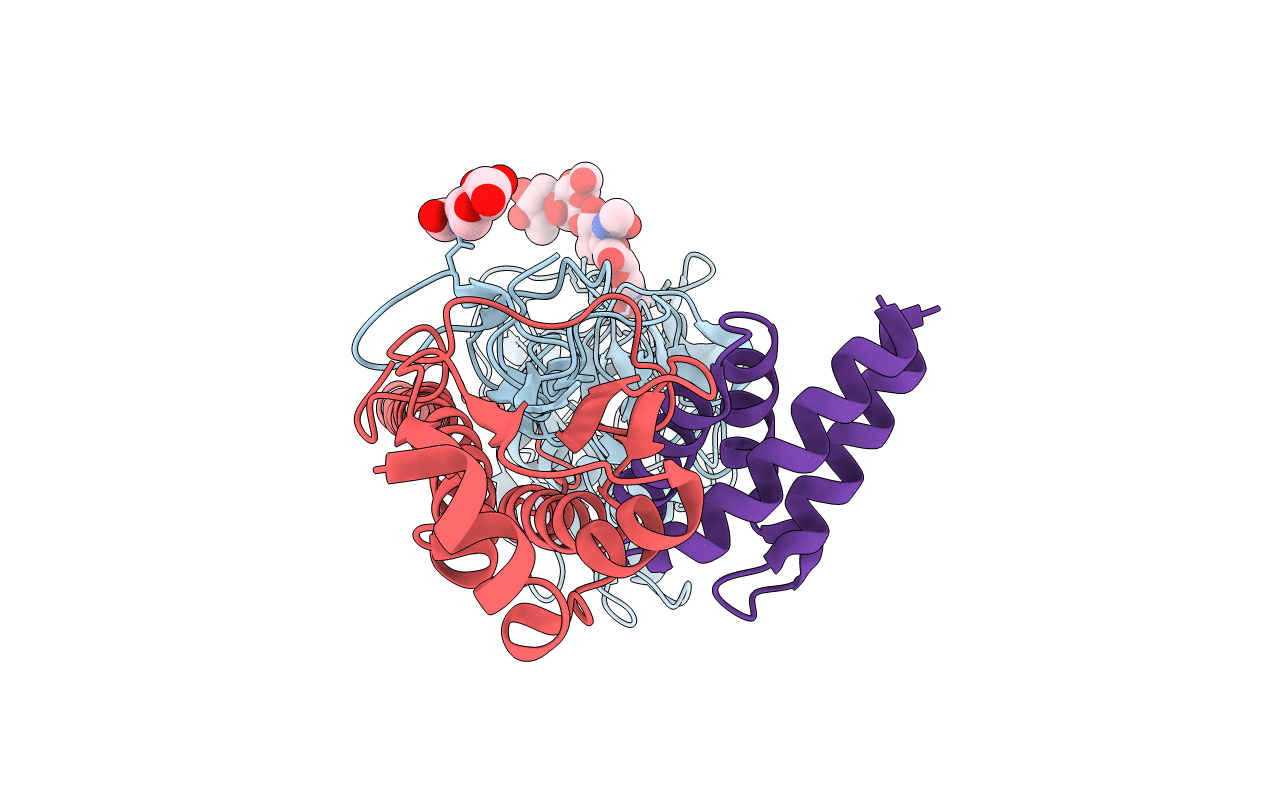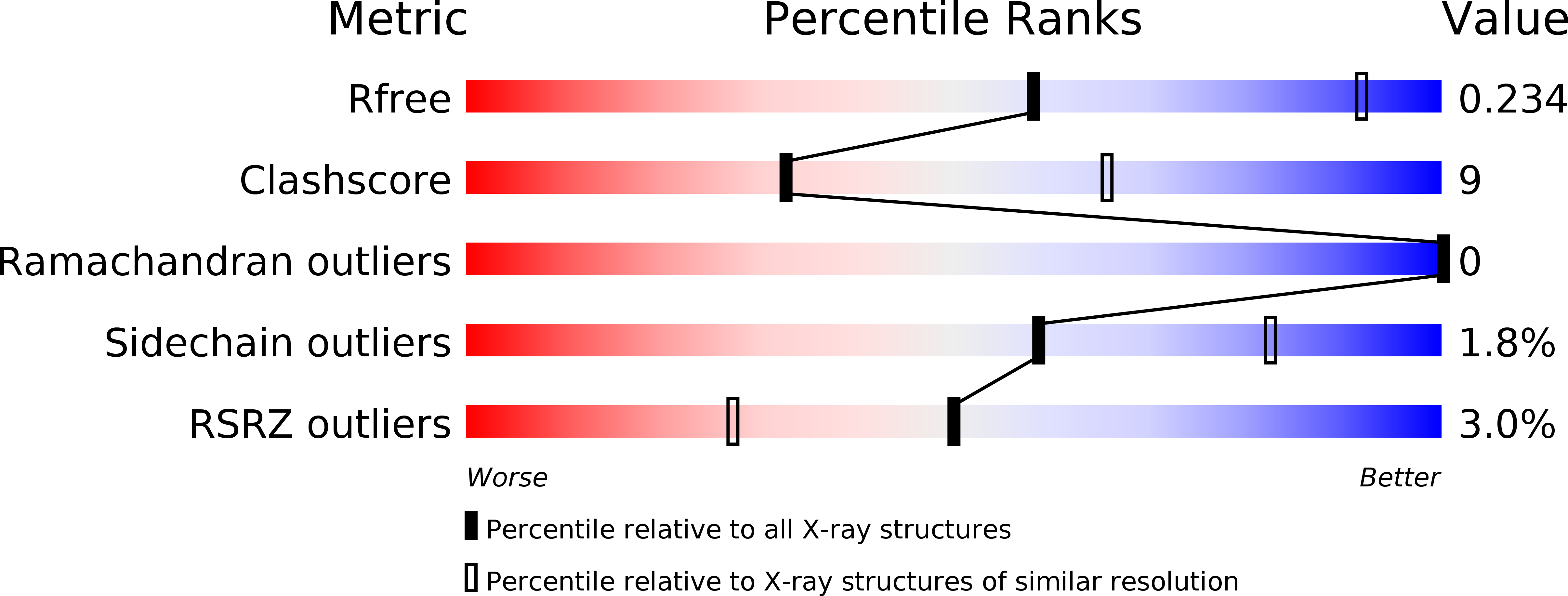
Deposition Date
2011-03-14
Release Date
2011-05-11
Last Version Date
2024-11-27
Entry Detail
PDB ID:
3R2X
Keywords:
Title:
Crystal structure of the de novo designed binding protein HB36.3 in complex the the 1918 influenza virus hemagglutinin
Biological Source:
Source Organism:
Influenza A virus (Taxon ID: 88776)
artificial gene (Taxon ID: 32630)
artificial gene (Taxon ID: 32630)
Host Organism:
Method Details:
Experimental Method:
Resolution:
3.10 Å
R-Value Free:
0.24
R-Value Work:
0.22
R-Value Observed:
0.22
Space Group:
H 3 2


